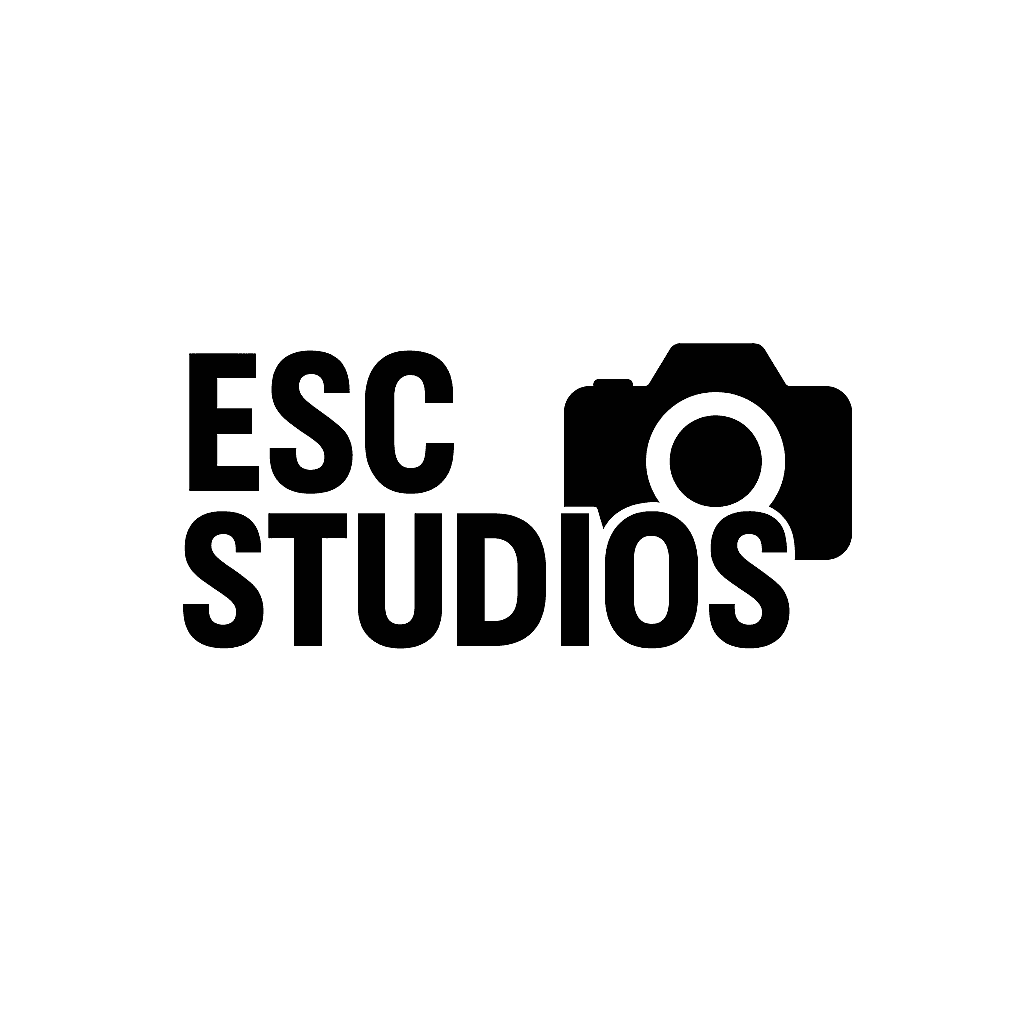Facebook Ads vs. Instagram Ads: Which is Better for Your Business?
Understanding Facebook Ads
Facebook Ads have been a cornerstone for digital marketing strategies for many businesses, offering a vast array of tools to reach a diverse audience. With over 2.8 billion users worldwide, Facebook provides an unparalleled platform for businesses to connect with potential customers.
One of the main advantages of Facebook Ads is the detailed targeting options. From demographic information to user interests and behaviors, businesses can tailor their advertisements to reach specific groups effectively. Additionally, Facebook Ads support a variety of ad formats, including image, video, carousel, and slideshow ads, allowing for creative flexibility.
Another notable feature is the robust analytics and reporting tools that Facebook offers. Businesses can track the performance of their ads in real-time and adjust their strategies accordingly, ensuring optimal results and better return on investment (ROI).

Exploring Instagram Ads
Instagram Ads, on the other hand, are known for their highly visual nature. With over 1 billion active users monthly, Instagram provides a unique platform that emphasizes visual storytelling and brand aesthetics. This makes it particularly effective for businesses in industries such as fashion, beauty, food, and travel.
Instagram offers similar targeting options as Facebook due to its integration with the same advertising platform. However, Instagram's strength lies in its ability to engage users through eye-catching visuals and engaging content. Features like Stories, Reels, and IGTV allow brands to connect with their audience in dynamic and immersive ways.
Moreover, Instagram's user base skews younger, which is something to consider when deciding where to allocate your advertising budget. If your target audience is primarily composed of millennials and Gen Z, Instagram might be the better choice.

Comparing Costs
When it comes to costs, both platforms offer flexible pricing models based on your budget and objectives. The cost per click (CPC) can vary depending on factors such as the target audience, ad placement, and competition. Generally, Facebook tends to have a slightly lower CPC compared to Instagram, but this can fluctuate based on specific campaign goals.
It's important to note that while Instagram might have a higher CPC, the engagement rates are often more robust due to its visual nature and active user base. In deciding between the two, consider whether you prioritize cost efficiency or higher engagement levels.

Deciding Which Is Better for Your Business
The decision between Facebook and Instagram Ads ultimately depends on your business goals, target audience, and industry. Here are a few points to consider when making your choice:
- Audience: If your target audience includes a broad age range, Facebook might be the better choice. For brands targeting younger demographics, Instagram is likely more effective.
- Content Type: For visually driven content and brand storytelling, Instagram is ideal. For more diverse content types including text-heavy posts or links to external sites, Facebook excels.
- Budget: Consider your budget allocation and whether you aim for cost-effective clicks or higher engagement metrics.
Ultimately, many businesses find success using a combination of both platforms. By leveraging the strengths of each, you can create a comprehensive advertising strategy that maximizes reach and engagement.
Conclusion
In conclusion, both Facebook Ads and Instagram Ads offer unique benefits that can drive significant results for your business. By understanding the nuances of each platform and carefully evaluating your marketing objectives, you can make an informed decision that aligns with your business needs.
Experimenting with both platforms may ultimately yield the best insights into which works best for your specific goals. Monitor performance metrics closely and be ready to adapt your strategy based on what works best for your audience.

